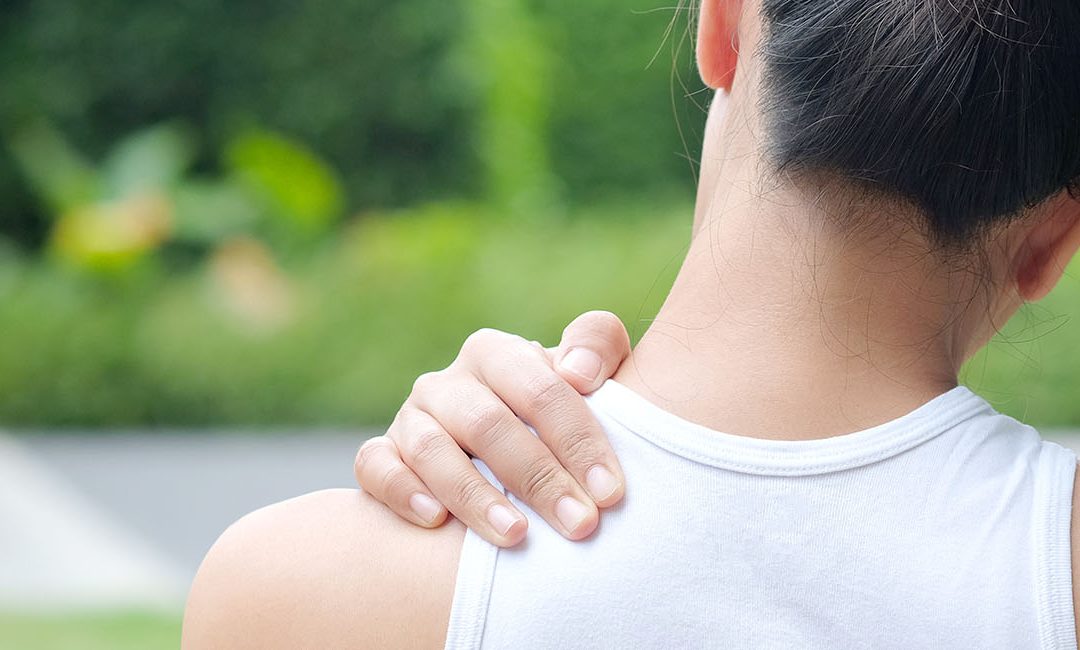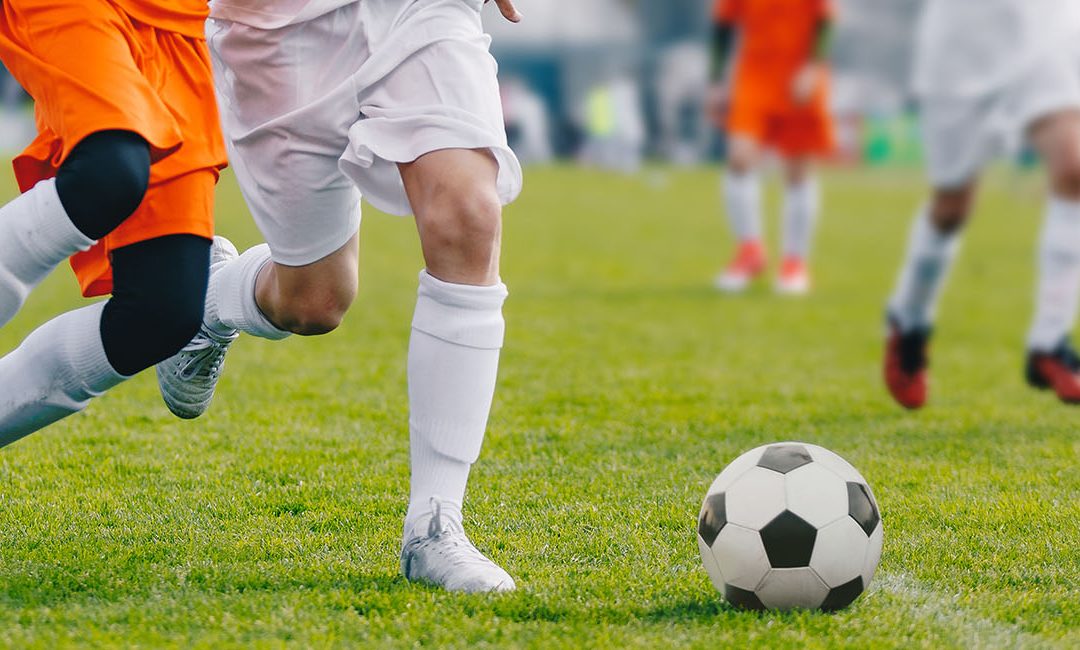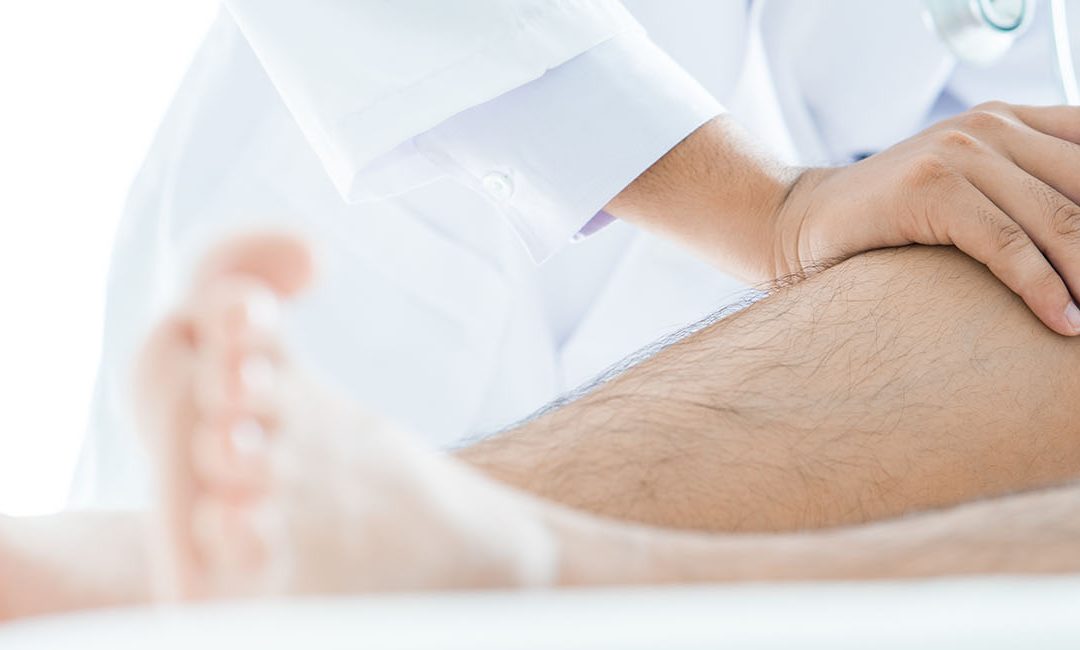Welcome To Our Blog

Orthopedic Treatment For Twisted Neck
Twisting of the neck to one side is medically referred to as Torticollis or wry neck. It is a common condition that occurs when the muscles that hold the neck and aid in its movement are affected. The symptoms may ease out naturally over a few days while it may require longer duration and medical treatment in severe cases. Twisted Neck is a commonly reported cause of pain in young people, although it may affect anybody irrespective of age or gender. The person may not necessarily have a past history of neck injury or pain. Causes Acute Torticollis – It occurs when a ligament...

PCL Injury
Posterior cruciate ligament (PCL) is a tough tissue structure with a high tensile strength that essentially controls the positioning of the tibia and the femur. Besides connecting the bones, it stabilizes the knee joint while it rotates in different directions. Any tear or stress in this ligament is termed as PCL injury. It is not common condition and generally occurs in combination with other ligament injuries and cartilage damages. PCL injury can vary in degree from a mild stretch to complete tear of the ligament, with a piece of the bone being dethatched along with the...

Bowed Legs: Causes, Symptoms And Treatment
Bowed Legs, or Genu Varum, is a structural deformity of the lower limbs in which the knees are pulled apart while the feet are joined together. It is commonly observed in toddlers and is evident due to the large spacing between the legs as well as knees. The condition may affect either one or both the legs and usually subsides on its own by the age of 3-4 years. Causes Congenital defects - Folding of the legs in the mother’s womb may lead to bow leg formation in babies Rickets- A bone disease that occurs due to deficiency of Vitamin D or Calcium and phosphorus Blount’s...

Fracture after Total Hip Replacement
A break or crack in the artificial implant during or after the hip replacement process is termed as a periprosthetic fracture. It may occur in any part of the artificial implant although it is most commonly seen in the stem of the metallic component that is fixed within the femur. Treatment for this condition is surgical and it can be quite complicated as the patients are generally old in age and the bone structure has already weakened. Causes A fall on the ground Vehicular accidents that cause high-intensity trauma to the joint Direct blow to the leg or hip People suffering...

Orthopedic Treatment For Stiff Neck
Stiff Neck is a common problem that affects all people irrespective of gender or age. It is characterized by a sprain or strain of the soft tissues in the neck. The neck represents the upper part of the spinal canal that begins at the base of the skull. It comprises of 7 cervical vertebrae that are surrounded by the ligaments, nerves, blood vessels and muscles. Stress or injury to any of these constituent parts may lead to Stiff Neck. Causes Sleeping in an awkward position may stress the soft tissues Prolonged working on the computer Poor postural habits Stress or anxiety...

